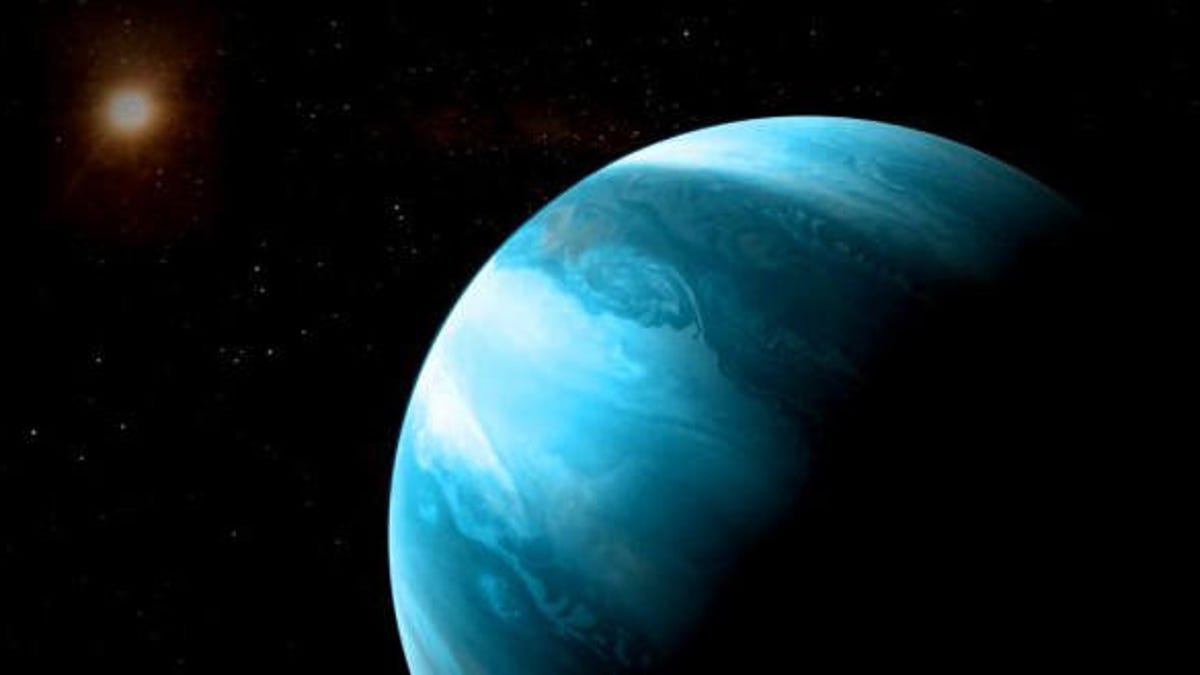Astronomers discover a gigantic planet that should not exist
Planet GJ 3512b is challenging existing ideas about planets.

An artist's impression of the planet that should not exist, GJ 3512b.
GJ 3512b is a planet roughly 284 trillion kilometers from Earth, and it's gigantic. So gigantic, in fact, that it shouldn't exist. At least, according to some currently held ideas about planets and how they form.
But here we are.
The discovery, published in the journal Science on Sept. 27, was made possible thanks to the Calar Alto, Sierra Nevada and Montsec Astronomical observatories in Spain and the Las Cumbres Observatory in California.
The confusion is around GJ 3512b and how large it is compared to the star it orbits, an M-type red dwarf. This kind of star is quite small, traditionally one-fifth the size of the sun and up to 50 times dimmer. For comparison, our sun weighs roughly 333,000 times more than Earth, while GJ 3512b's star only weighs 270 times more. Jupiter, the largest planet in our solar system, weighs around 1,047 times less than the sun.
Planet GJ 3512b is around half the size of Jupiter, but even then, it's only around 250 times less massive than its star. This is weird. According to existing models, that makes GJ 3512b way too big to be orbiting an M-type red dwarf of this size.
"Around such stars there should only be planets the size of the Earth or somewhat more massive Super-Earths," Christoph Mordasini, co-author of the study, told the BBC.
The existence of GJ 3512b puts into question the core accretion model, used to explain how planets in our solar system form. That model is widely accepted by scientists as an explanation for how terrestrial planets like Earth came to be. But GJ 3512b makes a very strong case for the "disk instability" model, a newer theory which lines up more consistently with the finding.
"For the first time, we have accurately characterized an exoplanet that cannot be explained by the core accretion formation model," said lead author Juan Carlos Morales, speaking to Space. "This exoplanet proves that the gravitational instability model may play a role in the formation of giant planets."
Originally published 7:05 p.m. PT.
Correction, 10:55 p.m. PT: An earlier version of this article misstated the size of GJ 3512b's star. The star weighs 270 times more than the planet.

